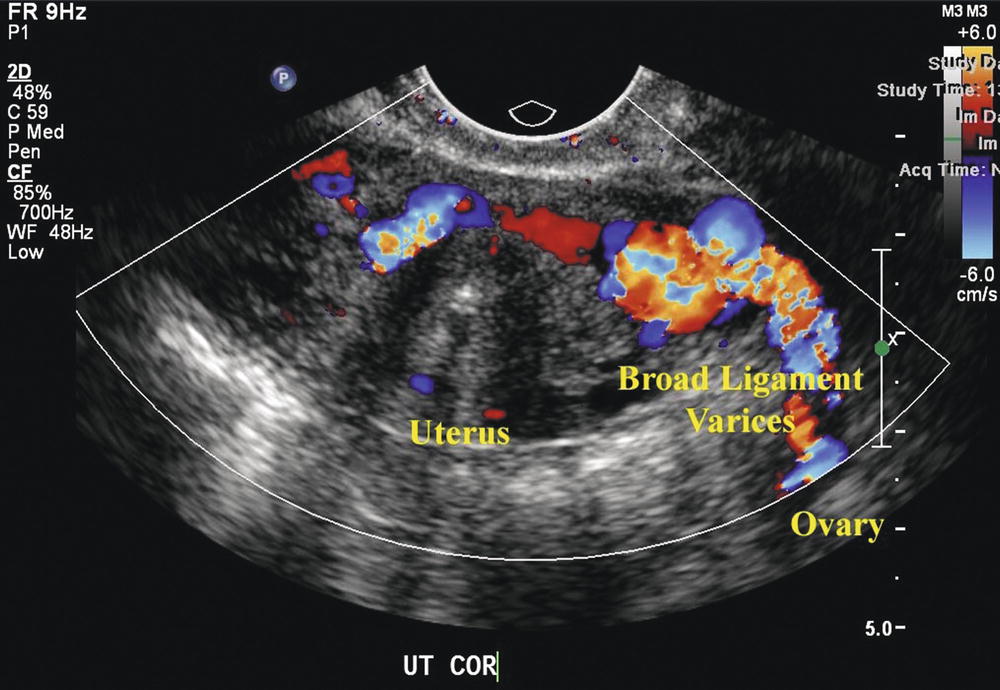
Pelvic sonogram skin#
The speed at which the sound waves are returned to the transducer, as well as how much of the sound wave returns, is translated by the transducer as different types of tissue.Ī clear conducting gel is placed between the transducer and the skin to allow for smooth movement of the transducer over the skin and to eliminate air between the skin and the transducer for the best sound conduction.īy using an additional mode of ultrasound technology during an ultrasound procedure, blood flow can be assessed.

Sound travels the fastest through bone tissue, and moves most slowly through air. The transducer picks up the reflected waves, which are then converted into an electronic picture of the organs.ĭifferent types of body tissues affect the speed at which sound waves travel. The sound waves bounce off the organs like an echo and return to the transducer. When the transducer is placed at certain locations and angles, the ultrasonic sound waves move through the skin and other body tissues to the organs and structures within. Ultrasound uses a transducer that sends out ultrasonic sound waves at a frequency too high to be heard.

Doppler ultrasound may also show blood flow in certain pelvic organs. A pelvic ultrasound allows quick visualization of the female pelvic organs and structures including the uterus, cervix, vagina, fallopian tubes, and ovaries.

Home > OB/GYN Services > Pelvic Ultrasound Pelvic UltrasoundĪ pelvic ultrasound is a noninvasive (the skin is not pierced) procedure used to assess organs and structures within the female pelvis.


 0 kommentar(er)
0 kommentar(er)
